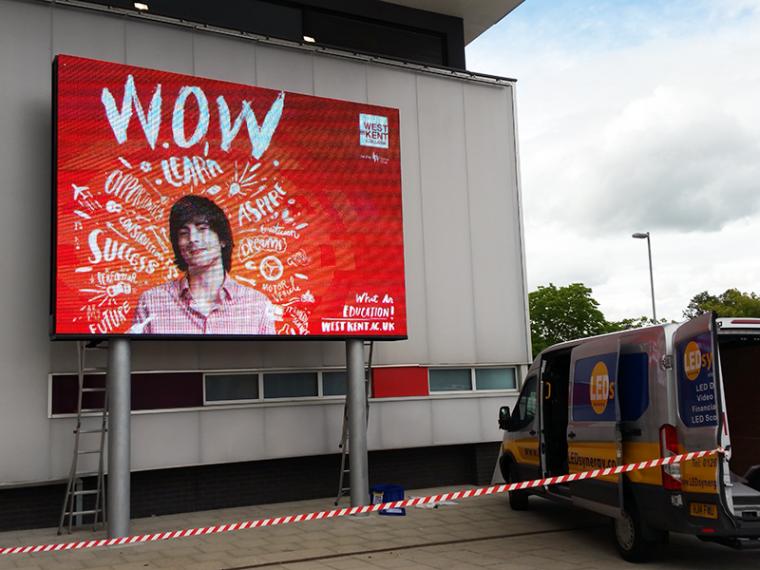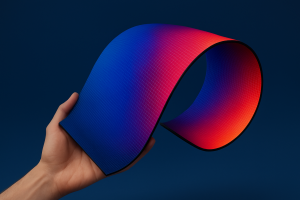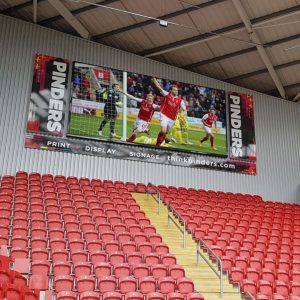Experiential Marketing Expected To Grow

The public are increasingly expecting brands to offer experiential marketing campaigns, and as the technology improves, our expectations grow.
This is according to The Drum, which predicted that experiential marketing will grow considerably in the coming year, with brands using this method more frequently to target consumers.
Many examples of this kind of marketing have been restricted to London, but Shea Bennett, head of digital at live events specialist Identity, told the publication that it will spread in 2018, reaching more consumers.
“I believe this growth will continue as interest spreads across the rest of the UK and brands become better informed about the benefits of experiential and immersive experiences,” he stated.
The publication also cited research by Enterprise Event Marketing, which found that event tech can boost attendance by 20 per cent. Mr Bennett said that this means a greater focus on new technology, with older approaches – like photo booths – falling out of favour.
But it isn’t only events where experiential marketing can be a focus. A growing number of brands are making use of custom LED displays to help engage customers with their products or services.
For example, Adweek highlighted a campaign run by McDonald’s on electronic billboards next to busy roads that change depending on the traffic flow.
When traffic is moving, an image of a Big Mac is displayed on the screens, but when a traffic jam builds up, this switches to a photo of the iconic McDonald’s sign, alongside text that reads: “Stuck in a jam? There’s light at the end of the tunnel.”
Audi is another brand that is tracking traffic flow, as well as the weather, to provide tailored advertising to those driving on the UK’s roads. Martech Today highlighted the automaker’s campaign, which highlighted different elements of its new Six Sense technologies depending on the traffic conditions and weather.
For instance, in rain, snow or hail, a video of its all-wheel drive dealing with the elements will be what drivers see.
Part of the appeal of this kind of marketing is that it encourages consumers to share what they’ve seen, although as Mr Bennett told The Drum, the key to getting this right is in giving consumers some level of control over their experience.
By doing so, he says, you’ll get much more traction from a campaign. “Don’t make the consumer do something for you. Delight them to such a degree that they’ll be thrilled to do so,” he asserted.
Mr Bennett concluded that the experiences that perform best in today’s social media-heavy world are the ones that “are so fundamentally impressive that consumers feel compelled to share those experiences on social media”.
Brands don’t necessarily need to splash out on huge electronic billboard campaigns to reach consumers though. Small businesses may find success with a quirky LED display in their shop window – as long as it grabs the attention of passers by there’s a chance it will go viral given how quickly things can get picked up and shared on social media.
I would recommend LED Synergy to anyone considering purchasing an LED sign. We have had so many compliments since it was installed and it has been a valuable asset.
Tom Hughes
OSI Food Solutions



